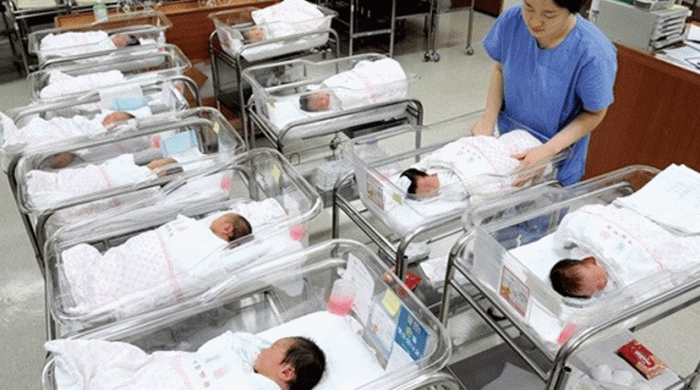South Korea’s birth rate fell to a record low last year, the government said Wednesday, despite having poured billions of dollars into efforts to encourage women to have more children and maintain population stability.
The country has one of the world’s longest life expectancies and lowest birth rates, a combination that presents a looming demographic challenge.
Neighbouring Japan is grappling with the same issue, and on Tuesday the fast-ageing nation announced that the number of births there had also dropped to a new low in 2023.
South Korea’s fertility rate — the number of children a woman is expected to have in her lifetime — dropped to 0.72 in 2023, down nearly eight percent from 2022, according to preliminary data from Statistics Korea.
This is far below the 2.1 children needed to maintain the current population of 51 million, which at these rates will nearly halve by the year 2100, experts estimate.
The government has spent vast amounts on trying to encourage more babies, offering cash subsidies, babysitting services and support for infertility treatment.
But the birth rate has continued its chronic decline.
“The number of newborns, birth rates, and crude birth rates (newborns per 1,000 people) are all at the lowest point since 1970” when data collection began, said Lim Young-il, head of the Population Census Division at Statistics Korea.

















